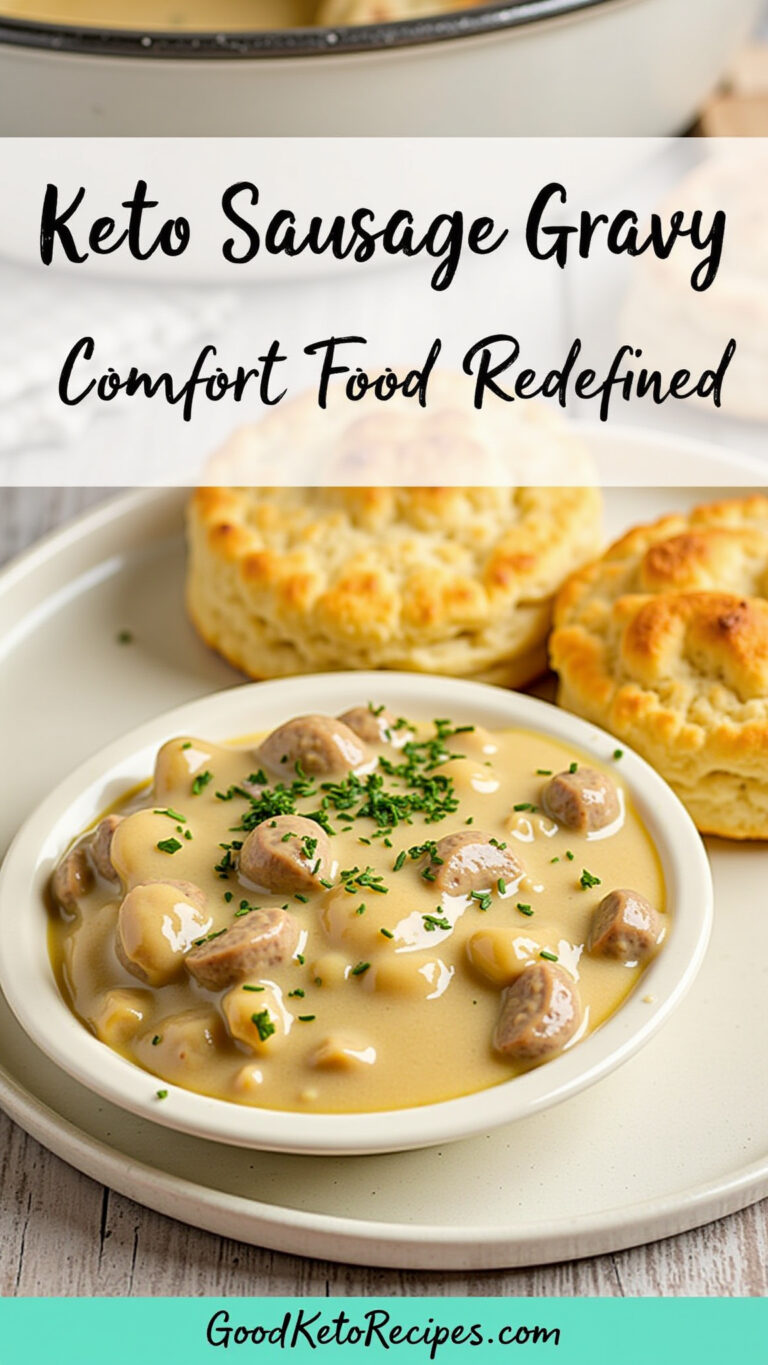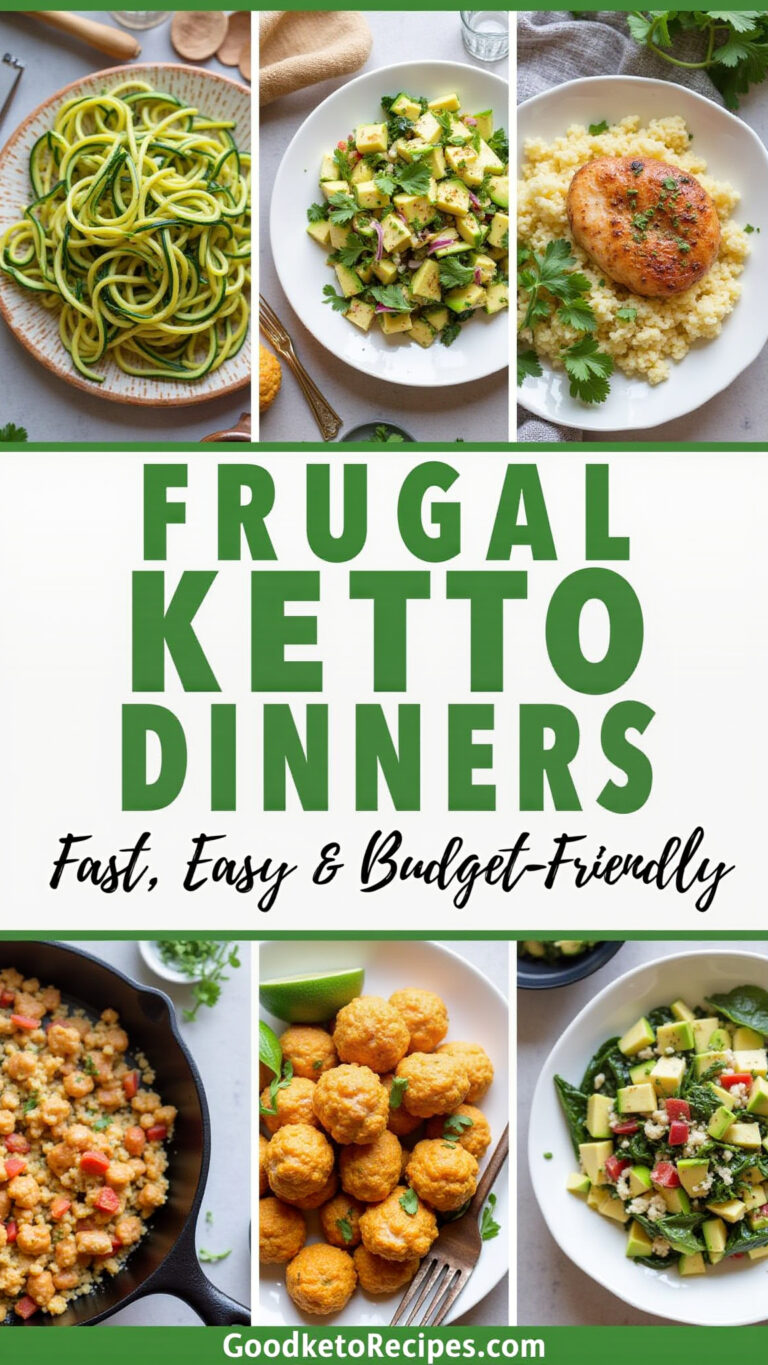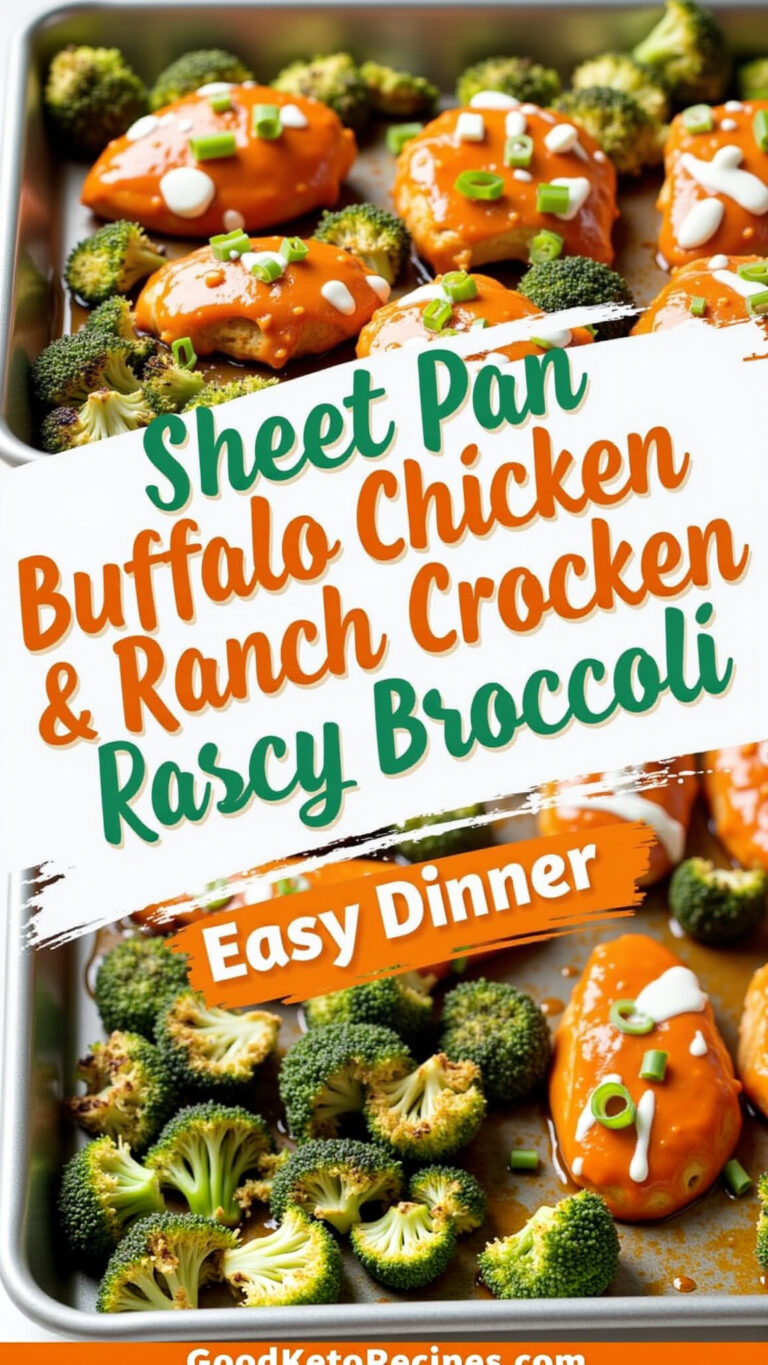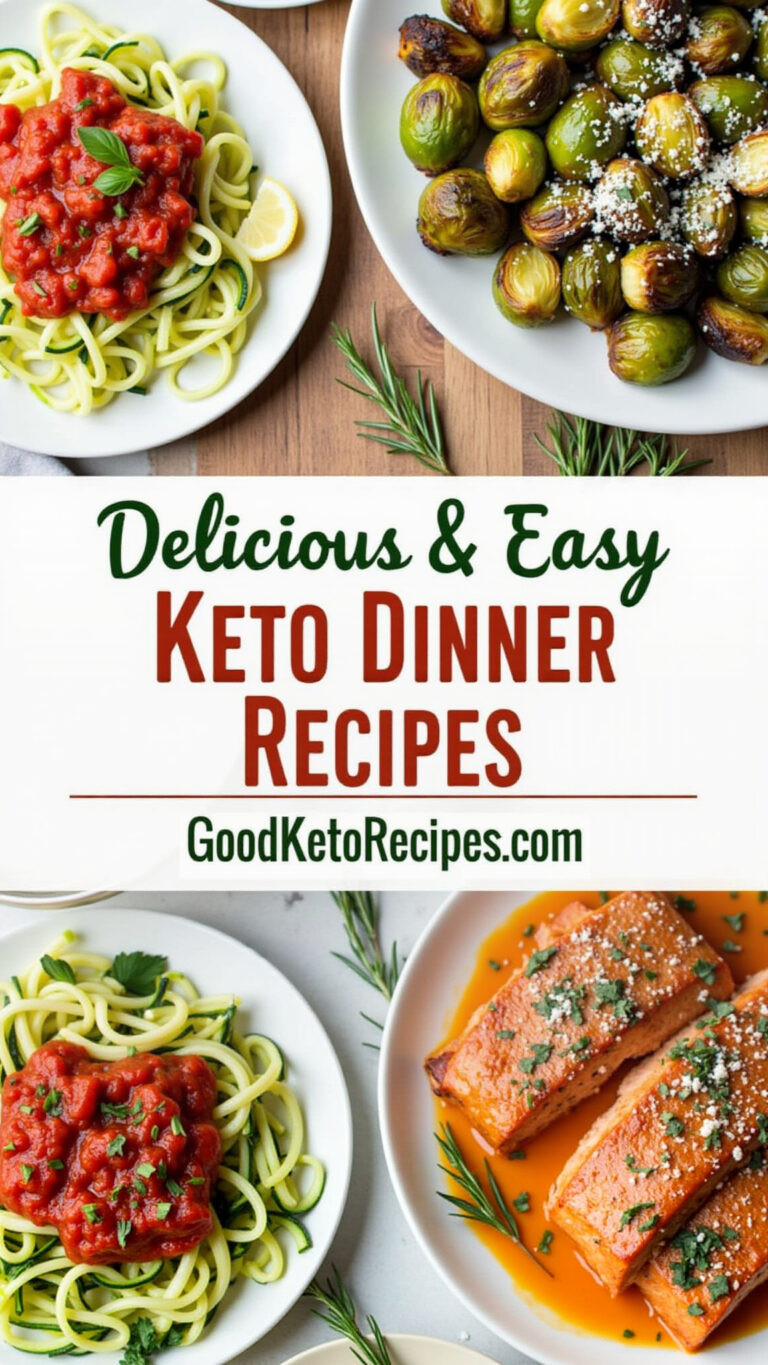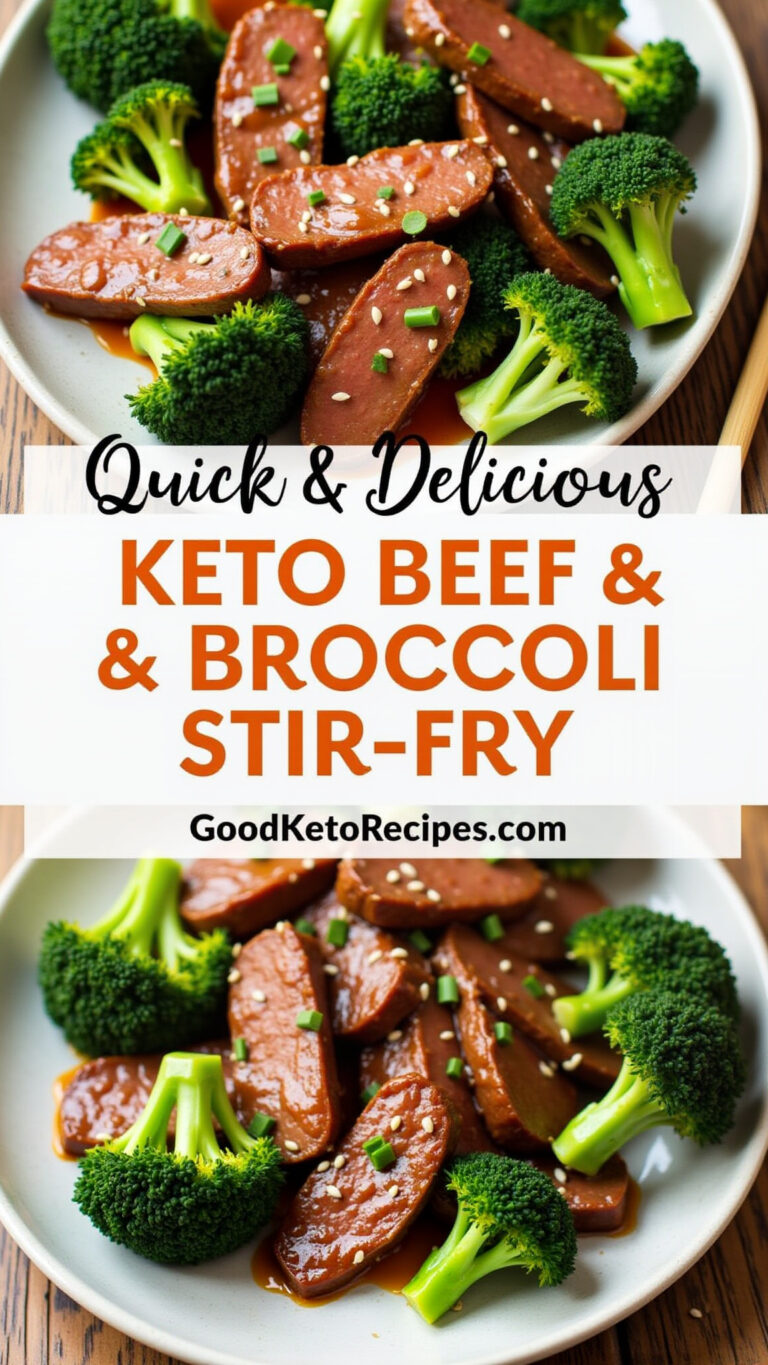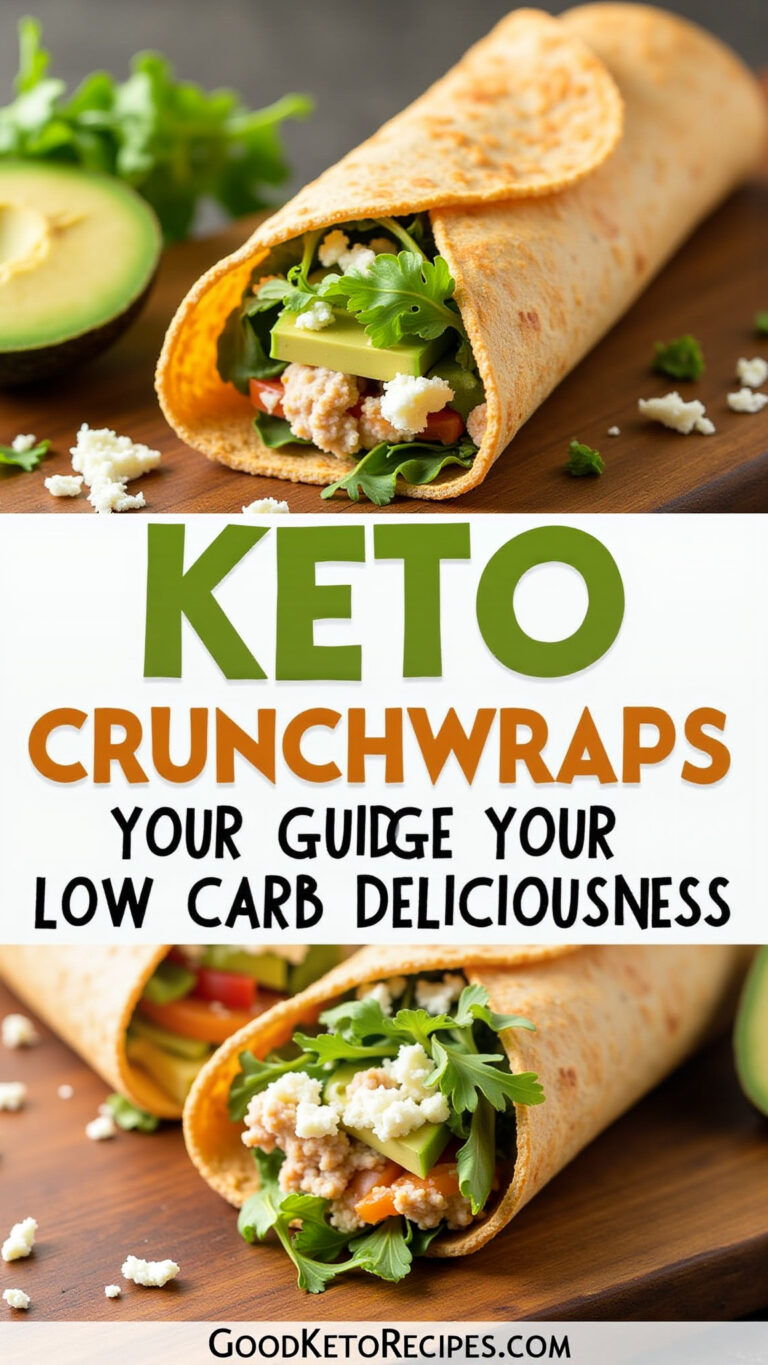Guilt-Free Chicken Parmesan
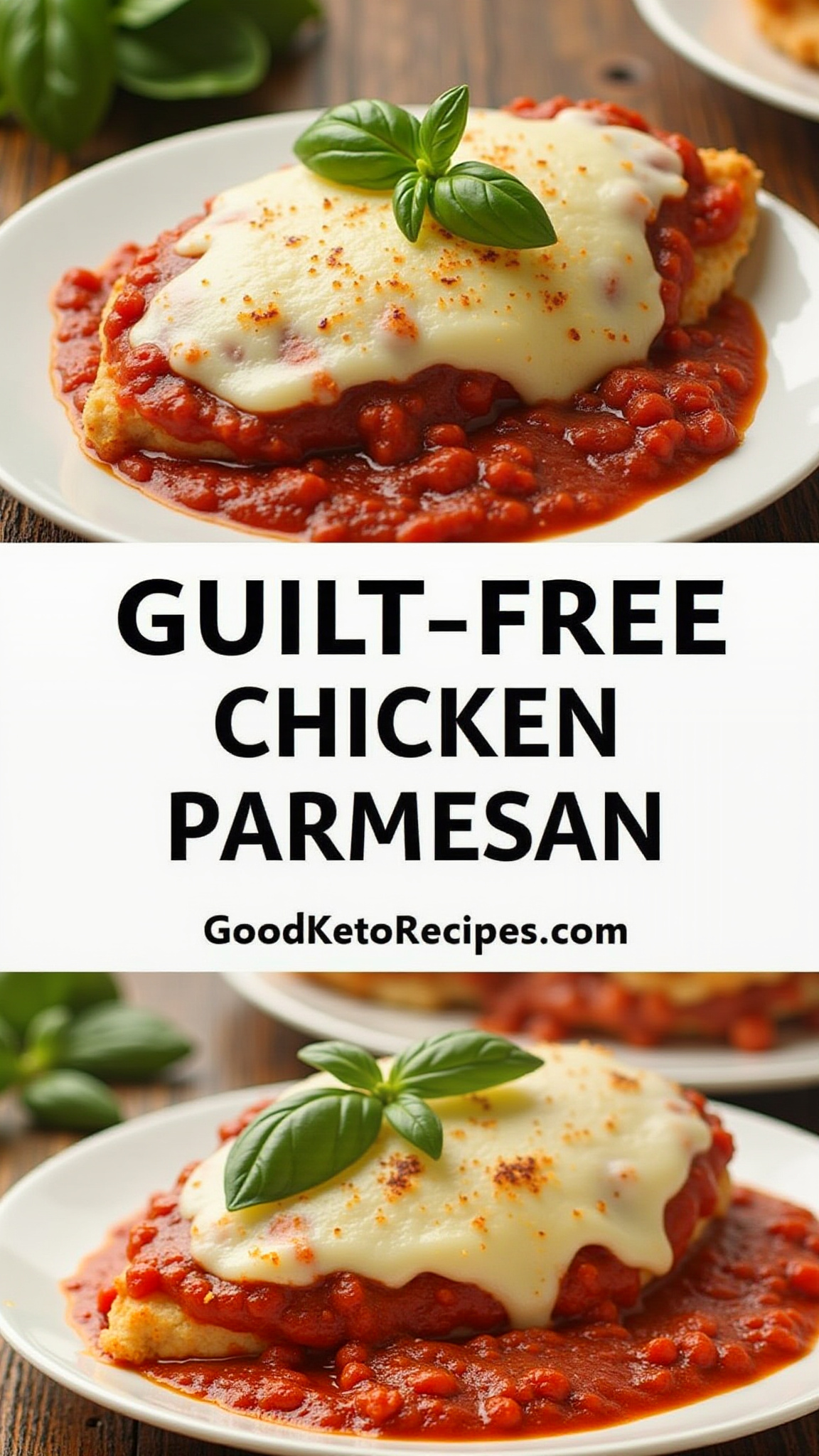
Chicken Parmesan is a beloved classic, but its traditional preparation is often loaded with carbs and unhealthy fats. This article offers a healthier twist on the classic, delivering a delicious and satisfying meal that’s gluten-free, keto-friendly, and low-carb. We’ll dive into the ingredients, preparation methods, and nutritional information to show you how to enjoy your favorite comfort food without the guilt.
Why Healthy Chicken Parmesan?
Traditional chicken parmesan is a culinary delight but often comes with a hefty dose of breadcrumbs, high-carb pasta, and excessive cheese. This recipe aims to provide a guilt-free alternative, offering a similar taste experience with healthier ingredients and cooking methods.
- Gluten-Free: Uses gluten-free alternatives to breadcrumbs, making it suitable for those with gluten sensitivities or celiac disease.
- Keto-Friendly: Replaces high-carb ingredients with low-carb alternatives, fitting perfectly into a ketogenic diet.
- Low-Carb: Significantly reduces the overall carbohydrate content compared to traditional versions.
- Healthier Fats: Emphasizes the use of healthier oils and reduces the amount of saturated fat.
Understanding the Nutritional Drawbacks of Traditional Chicken Parmesan
Before we jump into the recipe, it’s essential to understand why traditional chicken parmesan isn’t considered the healthiest option.
- High in Carbohydrates: The breadcrumbs and pasta contribute a significant amount of carbohydrates, often leading to blood sugar spikes.
- Excessive Calories: Fried chicken, combined with cheese and pasta, can result in a calorie-dense meal.
- Unhealthy Fats: Traditional recipes often use oils high in saturated fats, which can negatively impact heart health.
- Gluten Content: Regular breadcrumbs are a no-go for those with gluten sensitivities.
Key Ingredients for a Healthy Chicken Parmesan
The success of this recipe lies in the thoughtful selection of ingredients that mimic the flavors of traditional chicken parmesan without the unhealthy components.
- Chicken Breast: The lean protein base of our dish. Opt for organic, free-range chicken when possible.
- Almond Flour: A low-carb, gluten-free alternative to breadcrumbs, providing a nutty flavor and crispy texture.
- Grated Parmesan Cheese: Adds that signature Parmesan flavor. Use sparingly to control sodium and fat content.
- Mozzarella Cheese: Provides the gooey, cheesy goodness we all crave. Part-skim mozzarella is a lighter option.
- Eggs: Act as a binder for the almond flour coating.
- Marinara Sauce: Look for a no-sugar-added marinara sauce to keep the carb count low.
- Olive Oil: A healthy fat source for cooking the chicken.
- Italian Seasoning: A blend of herbs that adds depth and flavor to the dish.
- Garlic Powder and Onion Powder: Enhance the overall flavor profile.
Detailed Ingredient Breakdown and Substitutions
- Chicken Breast: Ensure your chicken breasts are of equal thickness for even cooking. You can also use chicken cutlets for faster cooking.
- Almond Flour: Almond flour is preferred for its texture and flavor. However, you can substitute with a mix of crushed pork rinds and Parmesan cheese for an even lower-carb option.
- Parmesan Cheese: Freshly grated Parmesan cheese is recommended for the best flavor. Pre-shredded cheese often contains cellulose, which can affect melting.
- Mozzarella Cheese: Fresh mozzarella has a higher moisture content. If using fresh mozzarella, pat it dry to prevent a watery dish.
- Marinara Sauce: Check the ingredient list to avoid added sugars. Rao’s Homemade Marinara Sauce is a popular low-carb option. You can also make your own marinara sauce from scratch using crushed tomatoes, garlic, onions, and herbs.
- Olive Oil: Extra virgin olive oil is preferred for its flavor and health benefits. Avocado oil is a good alternative with a high smoke point.
- Italian Seasoning: You can make your own Italian seasoning blend with dried oregano, basil, rosemary, thyme, and marjoram.
Step-by-Step Guide to Making Healthy Chicken Parmesan
Follow this detailed guide to create your delicious and healthy chicken parmesan.
Preparation
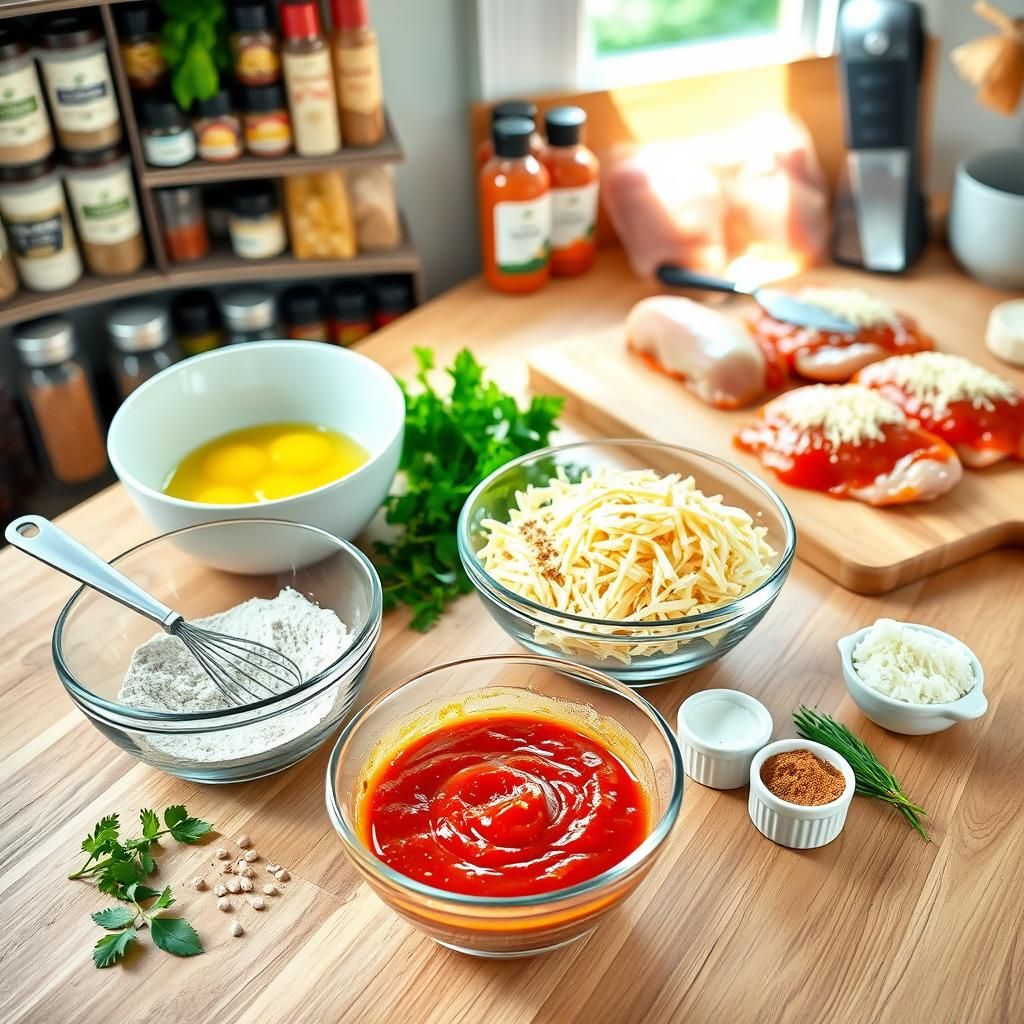
- Preheat Oven: Preheat your oven to 375°F (190°C).
- Prepare Chicken: If your chicken breasts are thick, slice them in half horizontally to create thinner cutlets. This ensures even cooking.
- Pound Chicken: Place each chicken cutlet between two sheets of plastic wrap and pound with a meat mallet until they are about 1/4 inch thick. This tenderizes the chicken and helps it cook faster.
- Set Up Breading Station: In three separate shallow dishes, prepare the following:
- Dish 1: Whisk the eggs.
- Dish 2: Combine almond flour, grated Parmesan cheese, Italian seasoning, garlic powder, onion powder, salt, and pepper.
- Dish 3: Marinara Sauce
Breading and Cooking
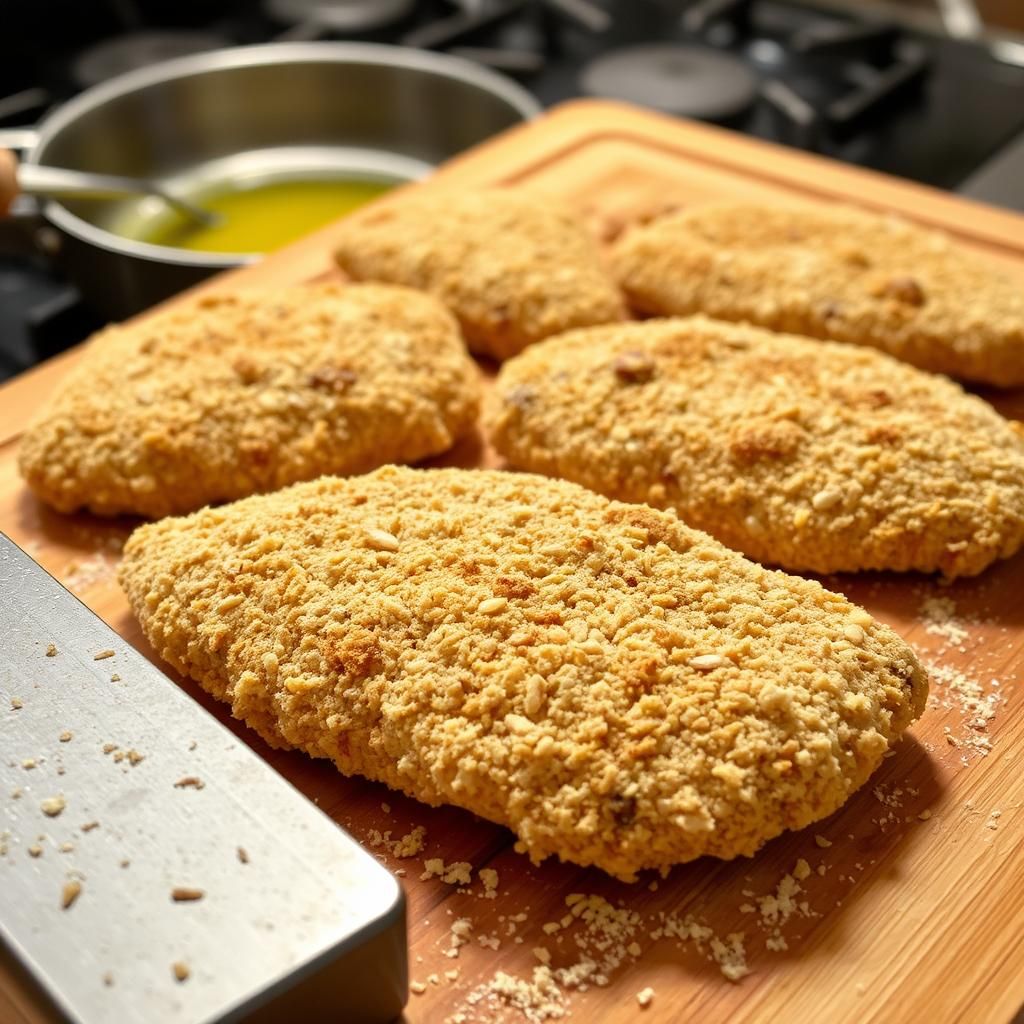
- Bread Chicken: Dip each chicken cutlet in the whisked eggs, ensuring it is fully coated. Then, dredge it in the almond flour mixture, pressing gently to help the coating adhere.
- Pan-Fry Chicken:
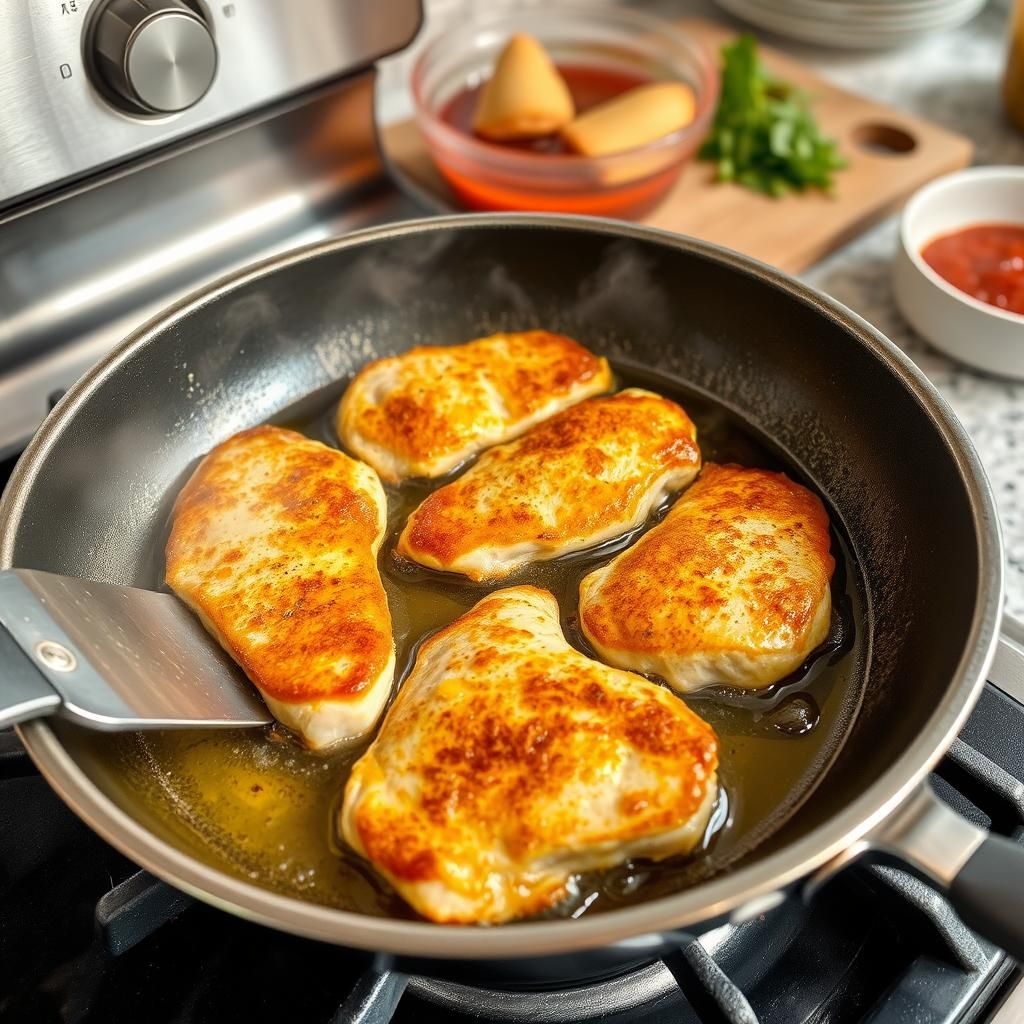 Heat olive oil in a large skillet over medium heat. Carefully place the breaded chicken cutlets in the skillet, ensuring not to overcrowd the pan. Cook for about 3-4 minutes per side, until golden brown and cooked through.
Heat olive oil in a large skillet over medium heat. Carefully place the breaded chicken cutlets in the skillet, ensuring not to overcrowd the pan. Cook for about 3-4 minutes per side, until golden brown and cooked through. - Assemble Parmesan:
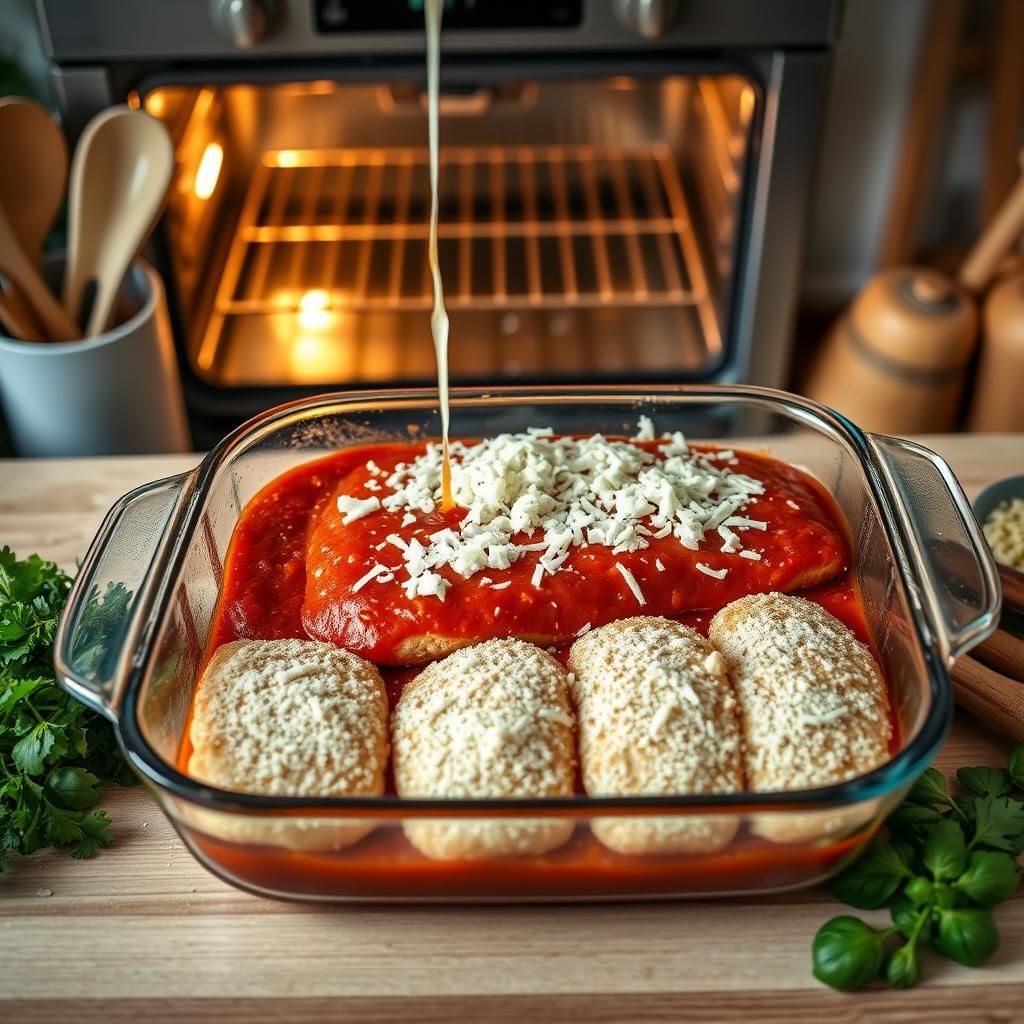 Transfer the pan-fried chicken to a baking dish. Spread a generous amount of marinara sauce over each cutlet. Top with mozzarella cheese and a sprinkle of Parmesan cheese.
Transfer the pan-fried chicken to a baking dish. Spread a generous amount of marinara sauce over each cutlet. Top with mozzarella cheese and a sprinkle of Parmesan cheese. - Bake:
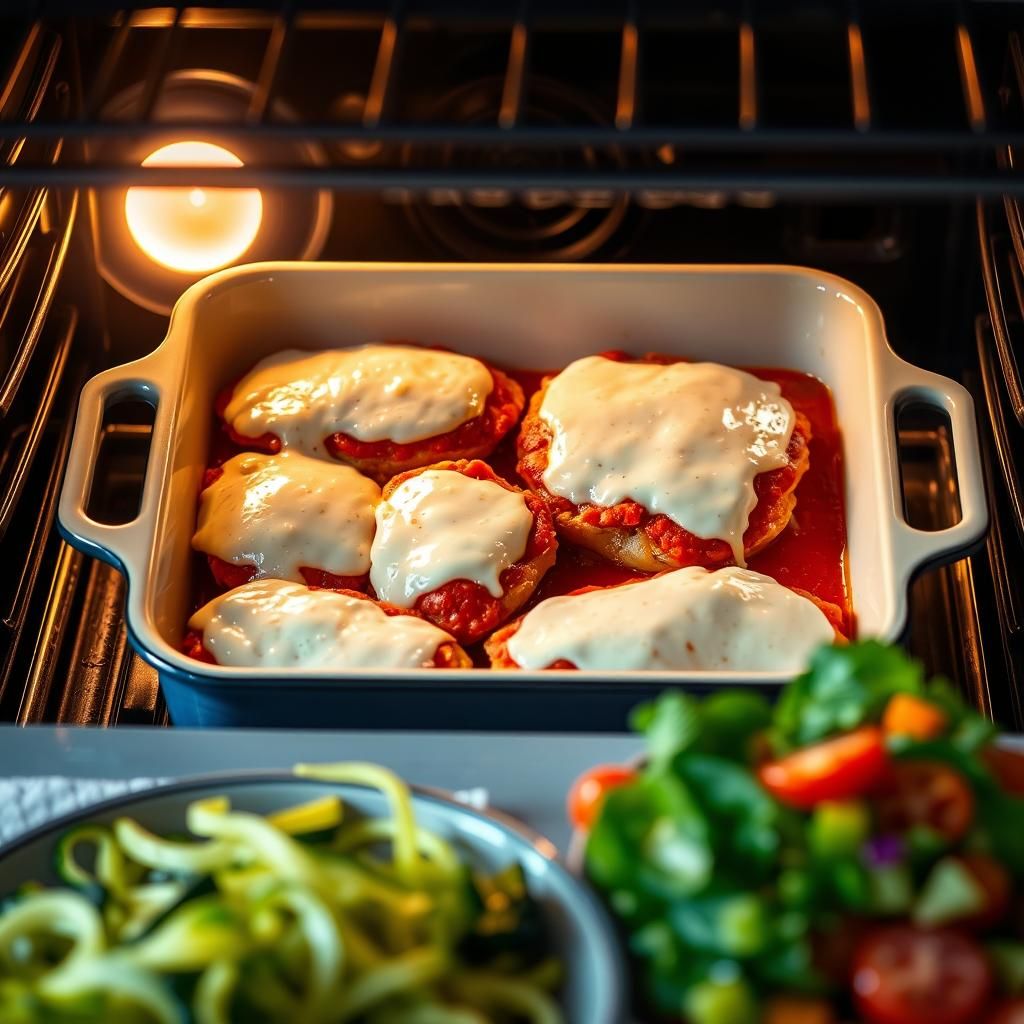 Bake in the preheated oven for 10-15 minutes, or until the cheese is melted and bubbly.
Bake in the preheated oven for 10-15 minutes, or until the cheese is melted and bubbly. - Rest: Let the chicken rest for a few minutes before serving. This allows the cheese to set and prevents it from being too runny.
Detailed Cooking Tips
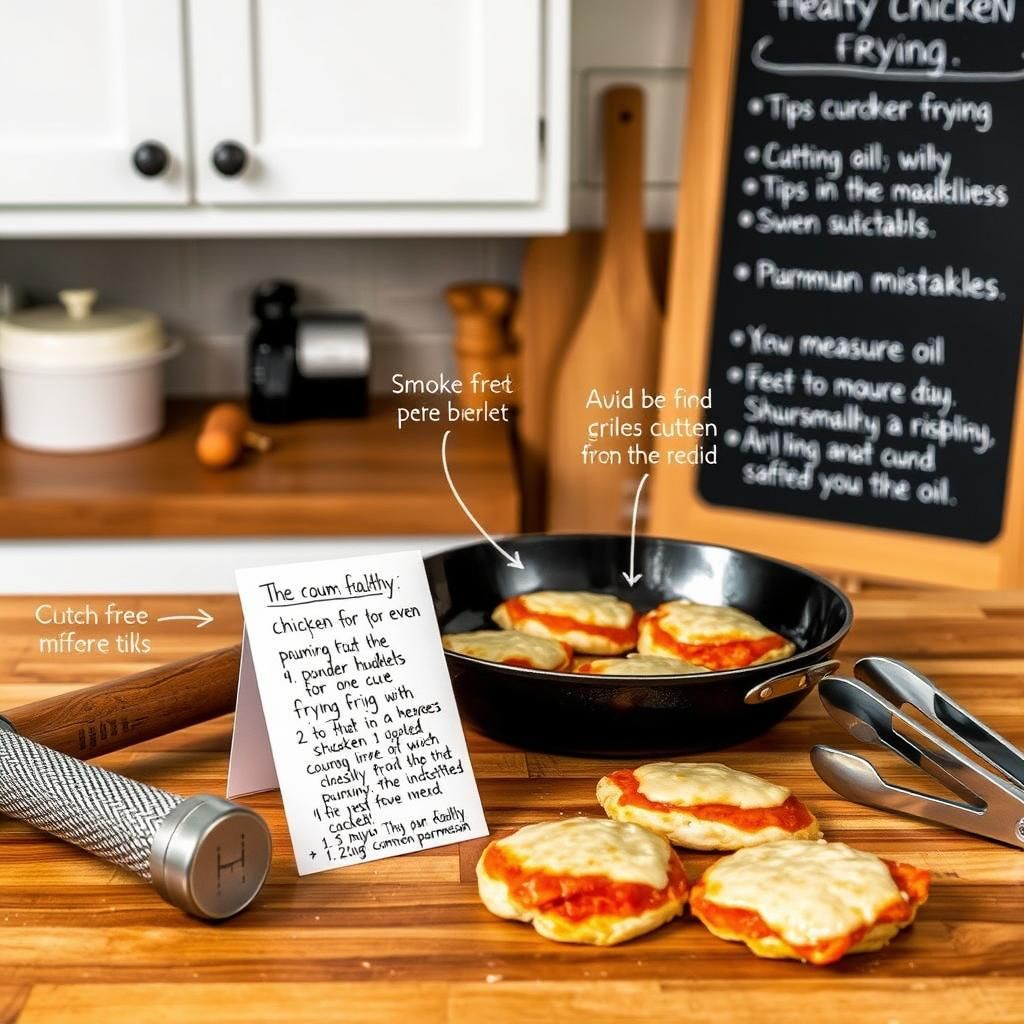
- Pounding Chicken: Pounding the chicken not only tenderizes it but also ensures that it cooks evenly. Unevenly thick chicken can result in some parts being overcooked while others are undercooked.
- Breading Technique: Ensure the chicken is fully coated in both the egg and almond flour mixtures for the best results. Press the almond flour mixture into the chicken to help it adhere better.
- Pan-Frying: Do not overcrowd the pan when pan-frying the chicken. Overcrowding can lower the temperature of the oil, resulting in soggy chicken. Cook in batches if necessary.
- Baking Time: Baking time may vary depending on your oven. Keep a close eye on the chicken to prevent the cheese from burning.
Serving Suggestions
Enjoy your healthy chicken parmesan with a variety of sides that complement its flavors and nutritional profile.
- Zucchini Noodles (Zoodles): A low-carb alternative to traditional pasta. Sauté zoodles with garlic and olive oil for a simple and healthy side.
- Cauliflower Rice: Another great low-carb option. You can season cauliflower rice with herbs, spices, or a touch of Parmesan cheese.
- Asparagus: Roasted or grilled asparagus is a nutritious and flavorful side.
- Broccoli: Steamed or roasted broccoli pairs well with the rich flavors of chicken parmesan.
- Salad: A simple green salad with a light vinaigrette dressing adds freshness and fiber to the meal.
Creative Serving Ideas
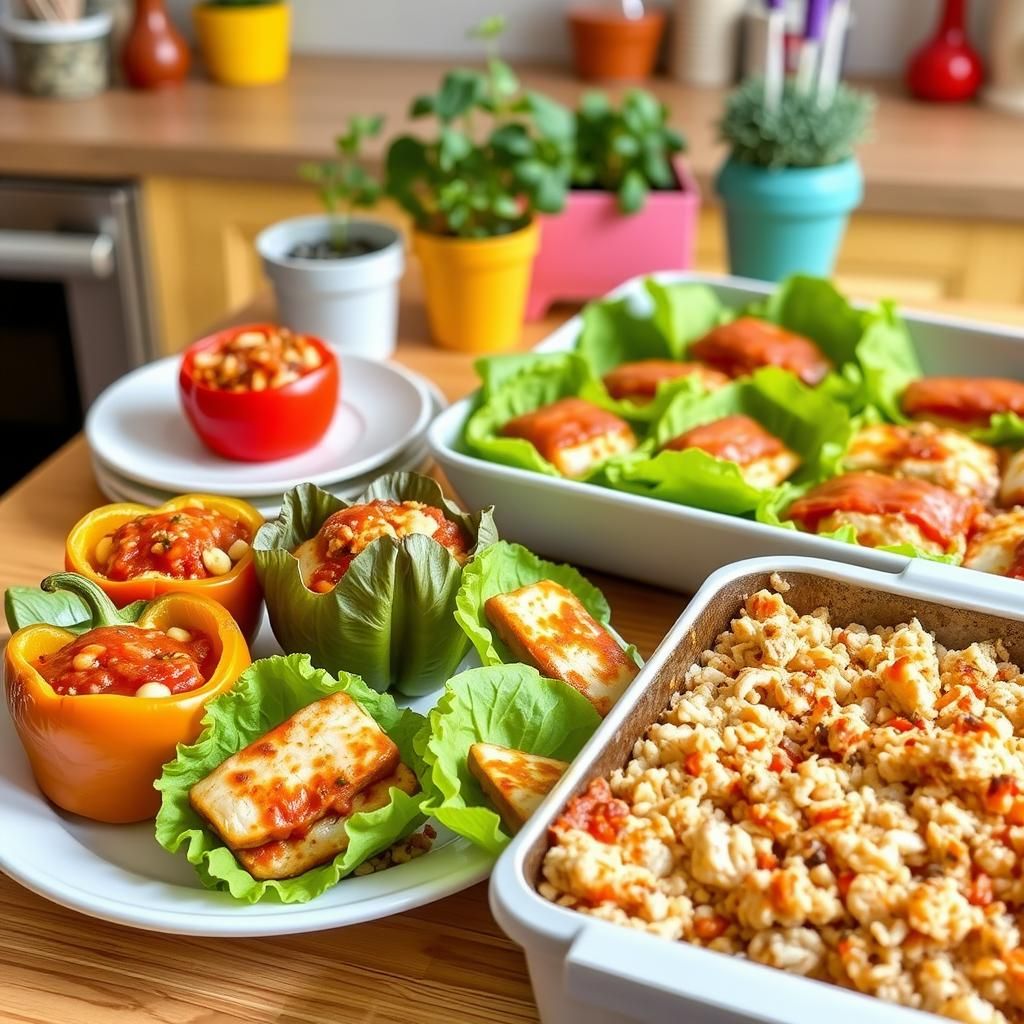
- Chicken Parmesan Stuffed Bell Peppers: Hollow out bell peppers, fill them with the chicken parmesan mixture, and bake for a complete and satisfying meal.
- Chicken Parmesan Lettuce Wraps: Serve the chicken parmesan in lettuce wraps for a very low-carb option.
- Chicken Parmesan Casserole: Combine the chicken parmesan with cauliflower rice and bake in a casserole dish for a comforting and easy-to-serve meal.
Health Benefits of This Recipe
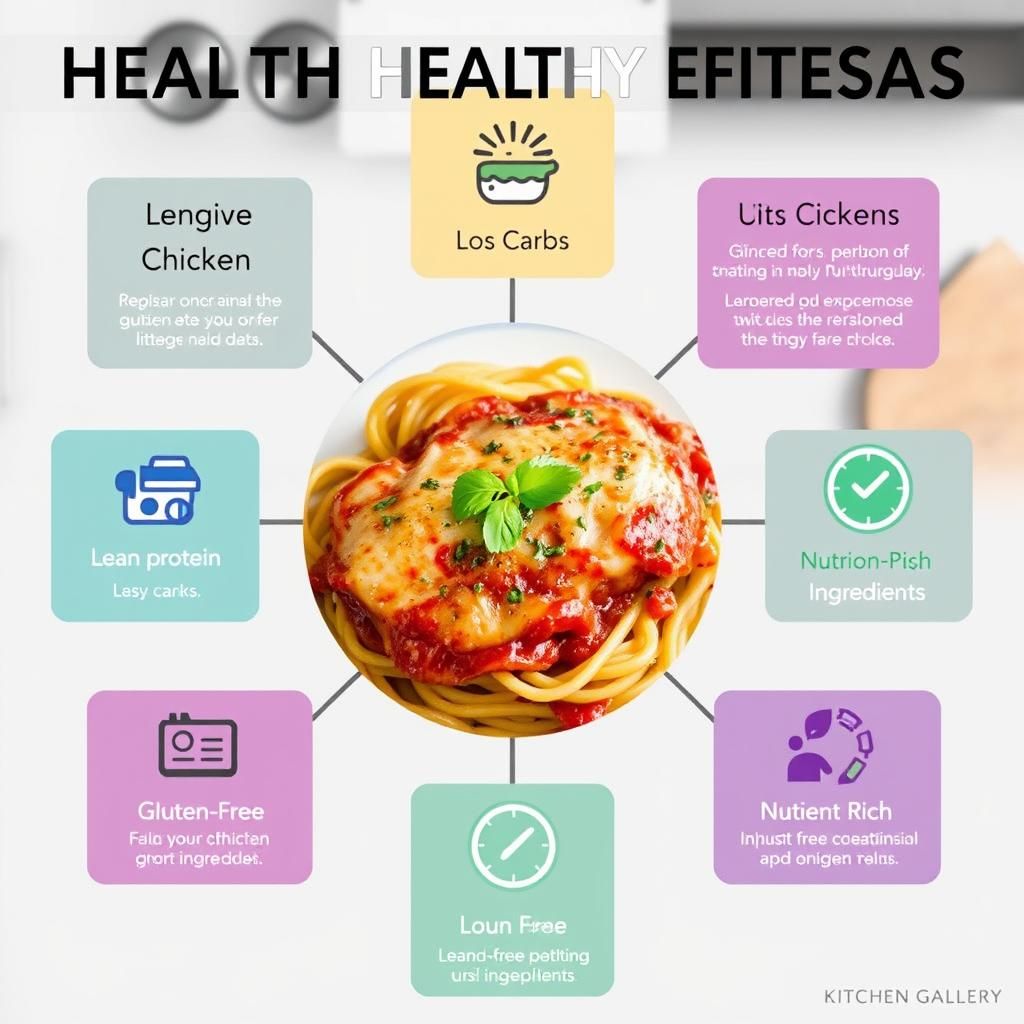
Beyond being a delicious and satisfying meal, this healthy chicken parmesan recipe offers several health benefits.
- High in Protein: Chicken is an excellent source of lean protein, essential for muscle building and repair.
- Low in Carbohydrates: The use of almond flour and low-carb sides significantly reduces the carbohydrate content, making it suitable for keto and low-carb diets.
- Gluten-Free: This recipe is safe for individuals with gluten sensitivities or celiac disease.
- Rich in Nutrients: The ingredients are packed with essential vitamins and minerals.
- Promotes Weight Loss: By reducing carbs and increasing protein, this recipe can help support weight loss efforts.
Detailed Health Analysis
- Protein: Protein is crucial for satiety, helping you feel fuller for longer and reducing the likelihood of overeating.
- Low Carbs: Lowering carbohydrate intake can lead to improved blood sugar control and reduced insulin levels, beneficial for those with diabetes or insulin resistance.
- Healthy Fats: The olive oil and almond flour provide healthy fats, which are important for brain function and overall health.
- Vitamins and Minerals: Chicken, cheese, and vegetables are sources of essential vitamins and minerals, including vitamin D, calcium, and iron.
Variations and Customizations
Feel free to adapt this recipe to suit your preferences and dietary needs.
- Spicy Chicken Parmesan: Add a pinch of red pepper flakes to the almond flour mixture for a spicy kick.
- Herb-Infused Chicken Parmesan: Mix fresh herbs like basil, oregano, and parsley into the almond flour mixture for added flavor.
- Mushroom Chicken Parmesan: Sauté sliced mushrooms with garlic and add them to the marinara sauce for a richer, more complex flavor.
- Dairy-Free Chicken Parmesan: Use dairy-free mozzarella cheese and Parmesan cheese alternatives. Nutritional yeast can be used to mimic the cheesy flavor.
- Egg-Free Chicken Parmesan: Use a flax egg (1 tablespoon of ground flaxseed mixed with 3 tablespoons of water) as an egg substitute.
Detailed Customization Tips
- Spice Level: Adjust the amount of red pepper flakes to your desired level of spiciness.
- Herb Combinations: Experiment with different herb combinations to find your favorite flavor profile.
- Mushroom Varieties: Use a mix of different mushroom varieties for a more complex and earthy flavor.
- Dairy-Free Alternatives: There are many high-quality dairy-free cheese alternatives available. Be sure to choose one that melts well.
- Egg-Free Binders: Other egg-free binders include aquafaba (the liquid from canned chickpeas) and mashed avocado.
Common Mistakes to Avoid
To ensure your healthy chicken parmesan turns out perfectly, avoid these common mistakes.
- Overcooking the Chicken: Overcooked chicken can become dry and tough. Use a meat thermometer to ensure the chicken reaches an internal temperature of 165°F (74°C).
- Using Too Much Oil: Using too much oil can result in greasy chicken. Use just enough oil to lightly coat the pan.
- Not Pounding the Chicken: Not pounding the chicken can result in uneven cooking.
- Overcrowding the Pan: Overcrowding the pan can lower the temperature of the oil, resulting in soggy chicken. Cook in batches if necessary.
- Burning the Cheese: Keep a close eye on the chicken while it’s baking to prevent the cheese from burning.
Troubleshooting Tips
- Dry Chicken: If the chicken is dry, try marinating it in a mixture of olive oil, lemon juice, and herbs before cooking.
- Soggy Chicken: If the chicken is soggy, make sure to fully coat it in the almond flour mixture and avoid overcrowding the pan.
- Burnt Cheese: If the cheese is burning, tent the baking dish with aluminum foil to prevent further browning.
Storing and Reheating Instructions
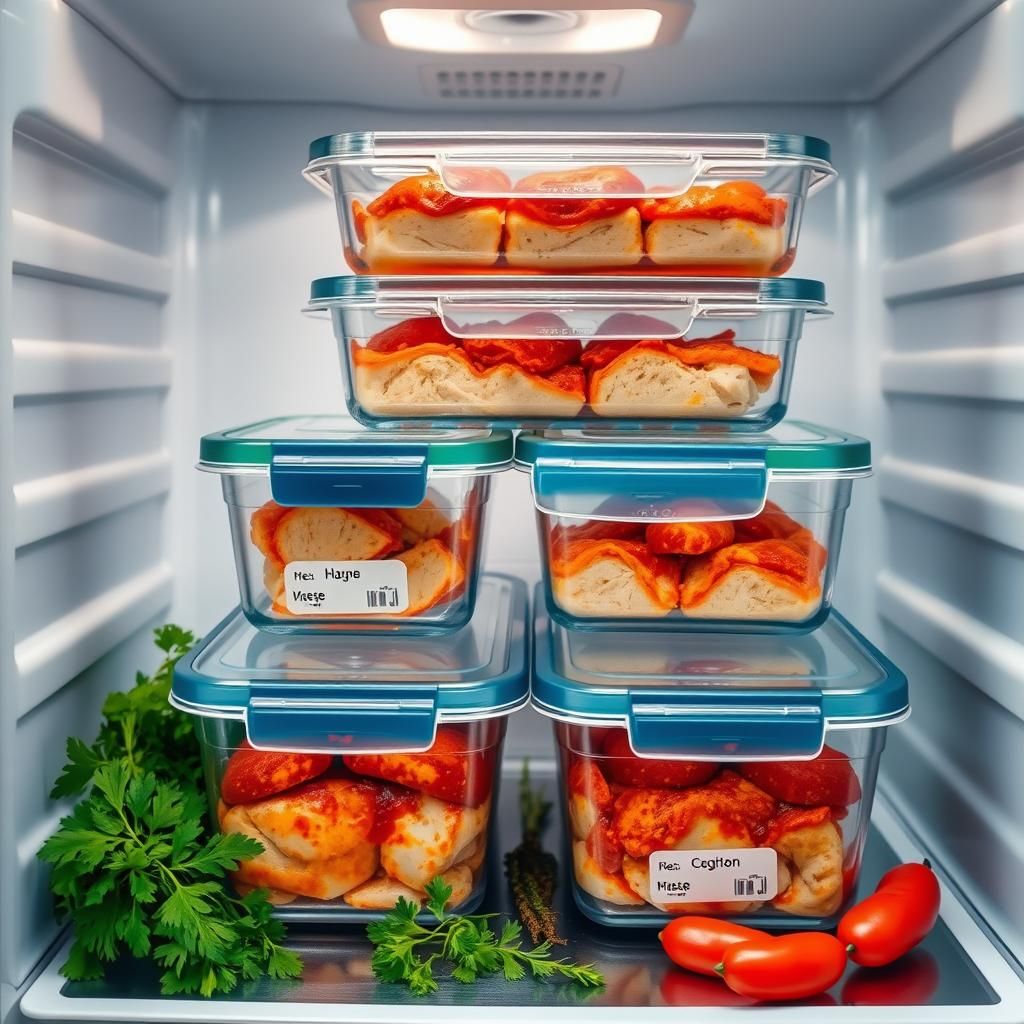
Proper storage and reheating techniques will help maintain the flavor and texture of your healthy chicken parmesan.
- Storing: Store leftover chicken parmesan in an airtight container in the refrigerator for up to 3-4 days.
- Reheating: Reheat in the oven at 350°F (175°C) for 10-15 minutes, or until heated through. You can also reheat in the microwave, but the texture may be slightly different.
Detailed Storage and Reheating Tips
- Cooling: Allow the chicken parmesan to cool completely before storing it in the refrigerator.
- Oven Reheating: Reheating in the oven is the best way to maintain the crispy texture of the chicken.
- Microwave Reheating: If reheating in the microwave, cover the dish to prevent splattering and add a tablespoon of water to keep the chicken moist.
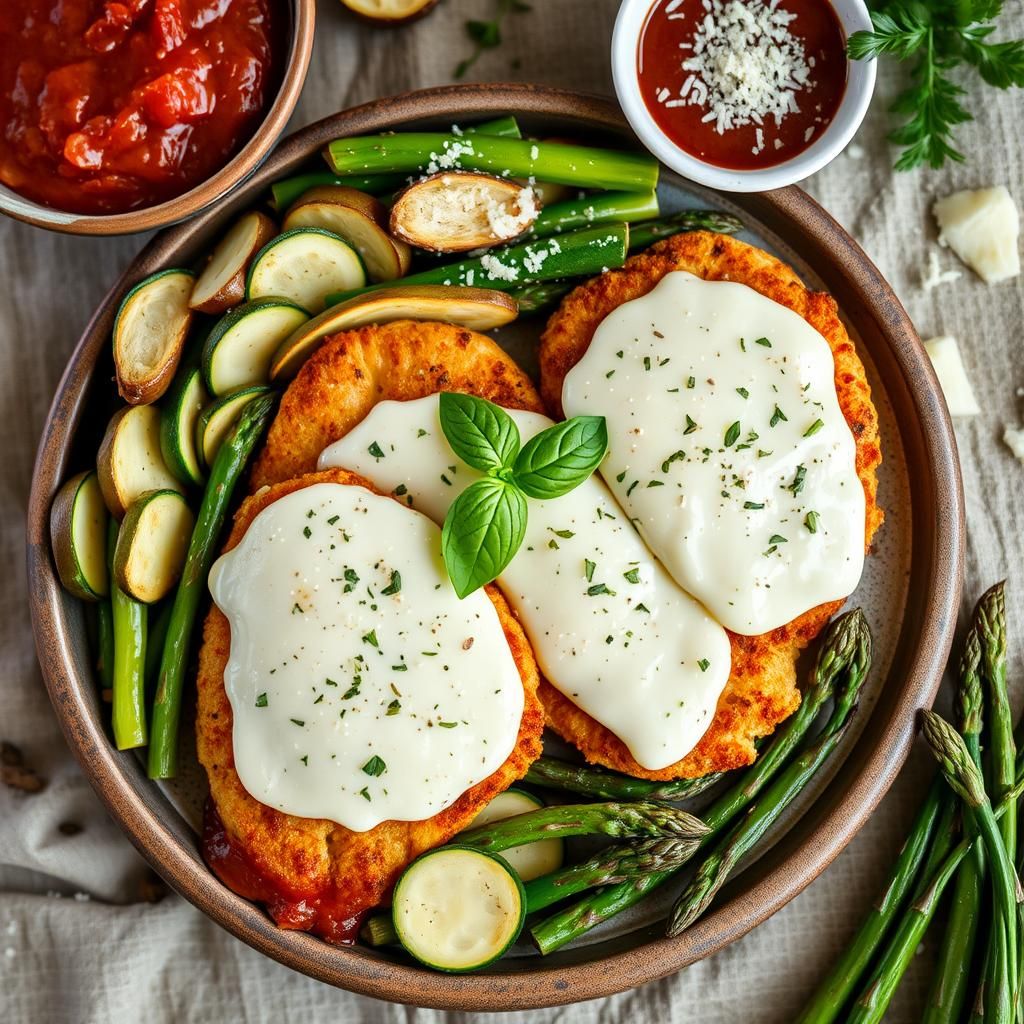
Conclusion: Enjoy Guilt-Free Chicken Parmesan
This healthy chicken parmesan recipe proves that you can enjoy your favorite comfort foods without compromising your health. By using healthier ingredients and cooking methods, you can create a delicious and satisfying meal that fits perfectly into a gluten-free, keto-friendly, or low-carb lifestyle. So go ahead, indulge in this guilt-free version of a classic favorite!
Affiliate Link Disclosure: Some of the links in this post are affiliate links. This means that if you click on the link and make a purchase, I may receive a small commission at no extra cost to you. I only recommend products or services that I personally use and believe will be valuable to my readers.

